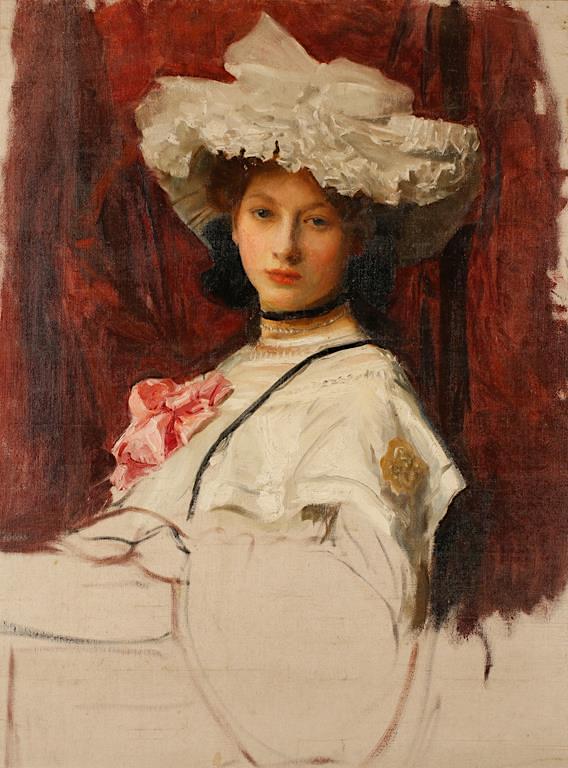Thomas Hart Benton's "America Today" Mural at the Met

When I was in New York City last year, my visit to the Metropolitan Museum of Art was rather hurried, so I didn't have time to track down Thomas Hart Benton's "America Today" mural, installed at the Met in 2014. This month, I had more time and found it. The Met's website discusses America Today here , and here is a link to their publication dealing with the mural: very useful. I discussed Benton's early career here . The mural was commissioned for the board room of The New School for Social Research's 1931 building designed by Joseph Urban. It was later purchased by Equitable, an insurance company in New York and displayed in linear fashion along a hallway. Then it was donated to the Met which restored it (with some difficulty: read the publication noted above) and displayed in a setting corresponding to the space of the New School boardroom where it initially appeared. Below are a few photos I took, giving you an impression of how the mural is displ...






